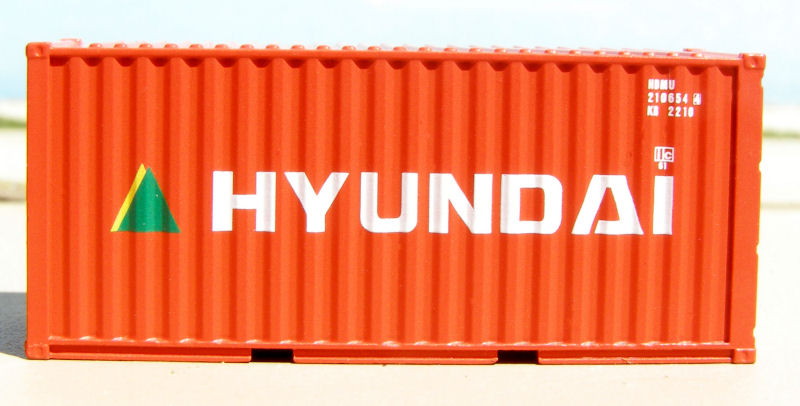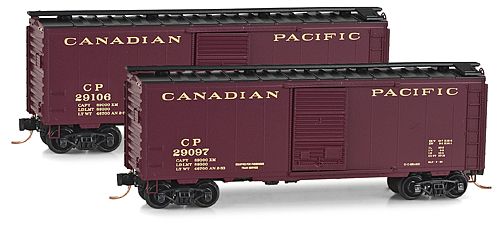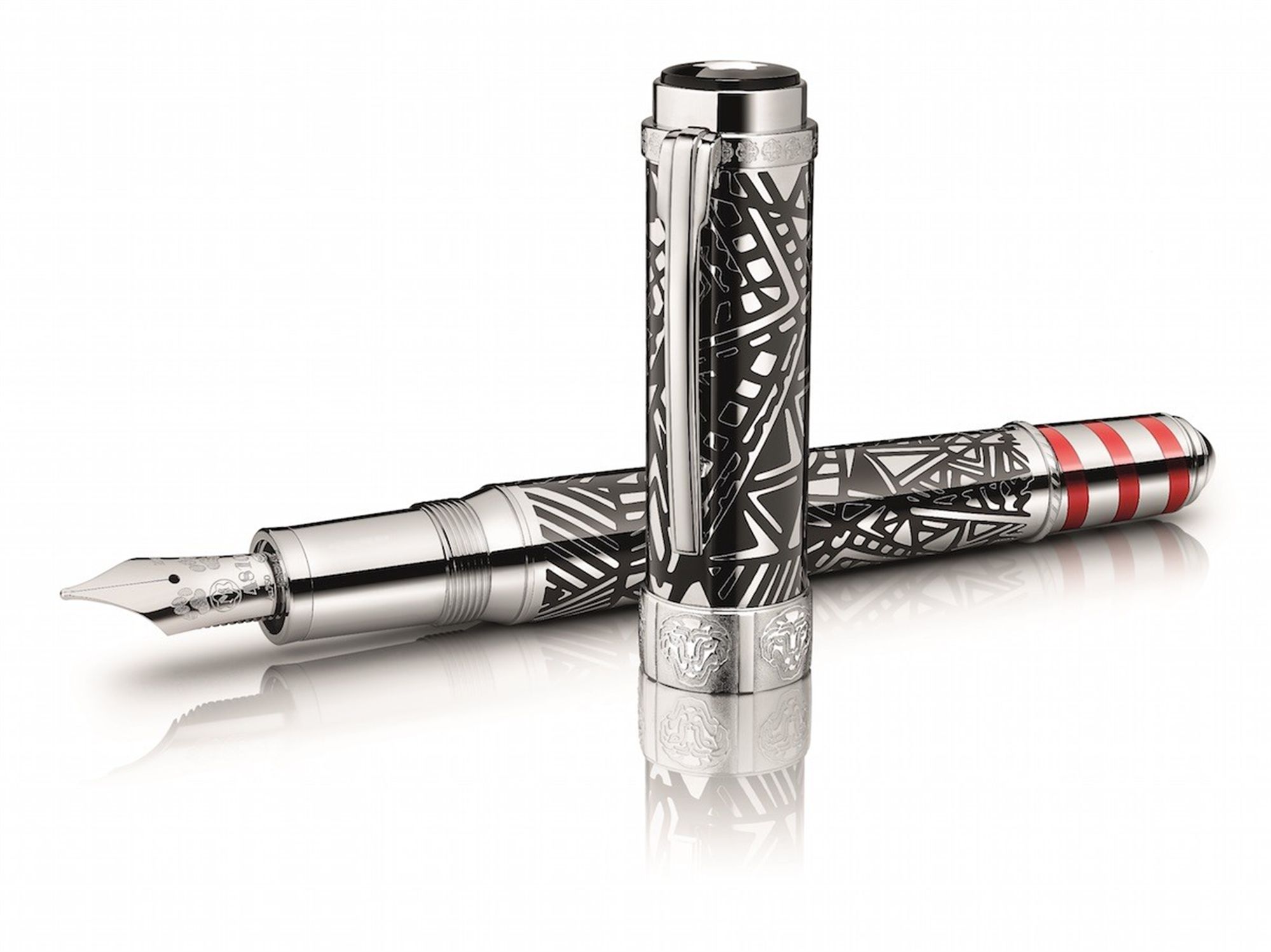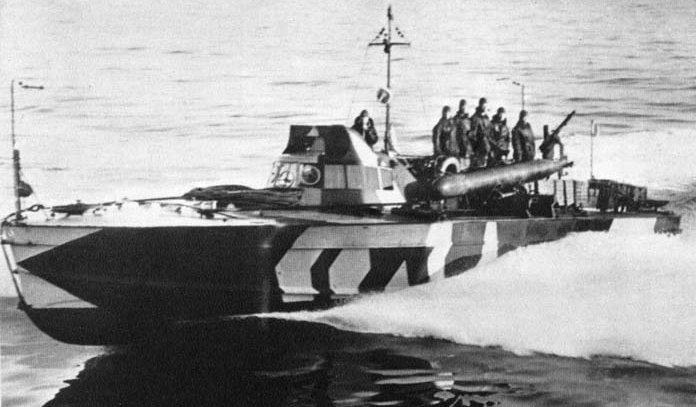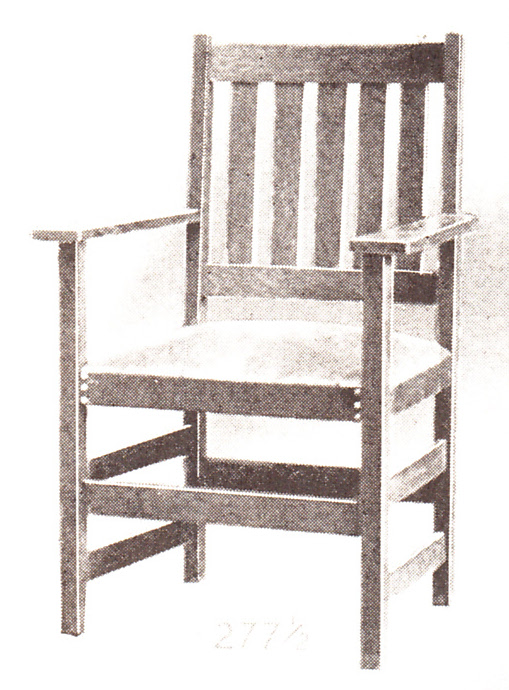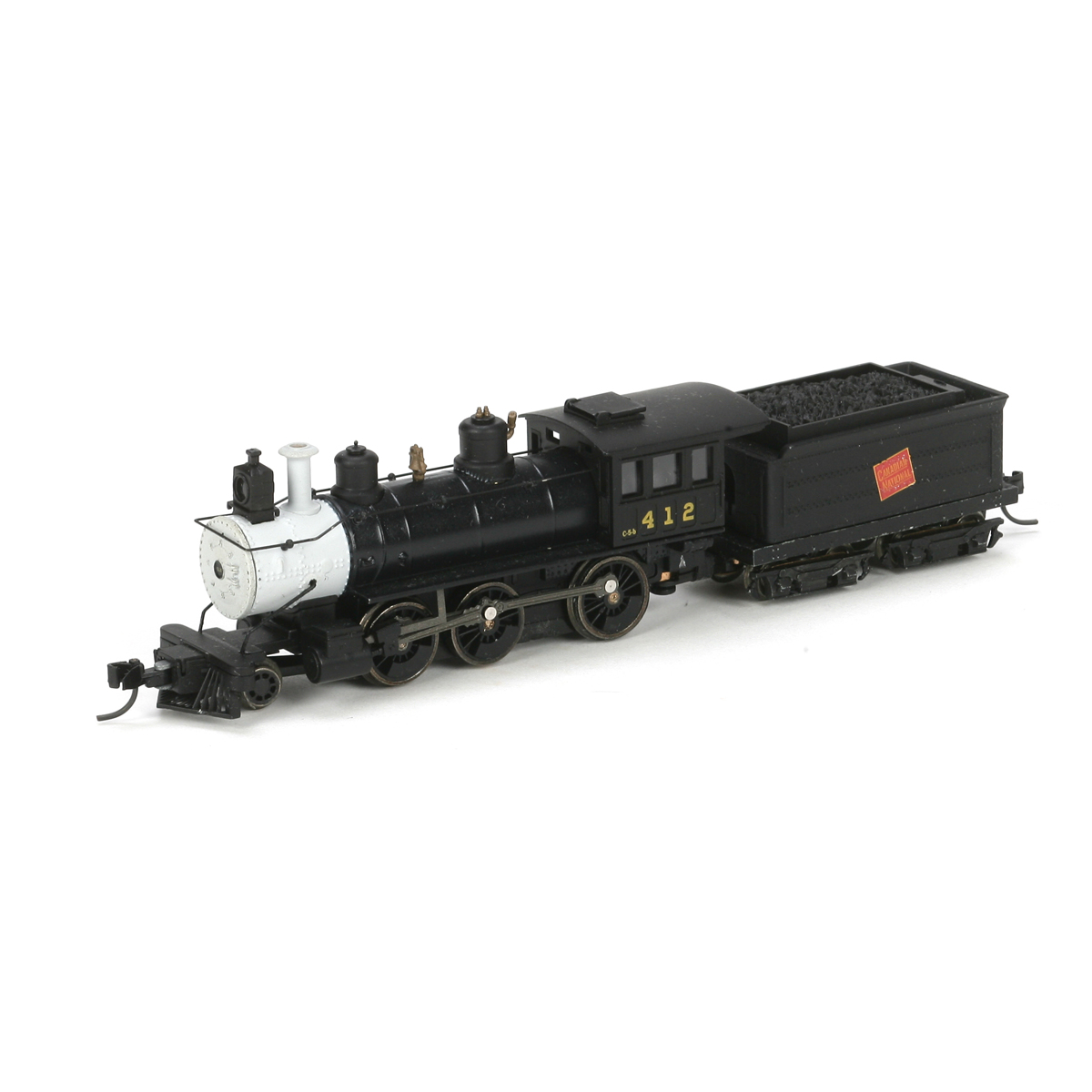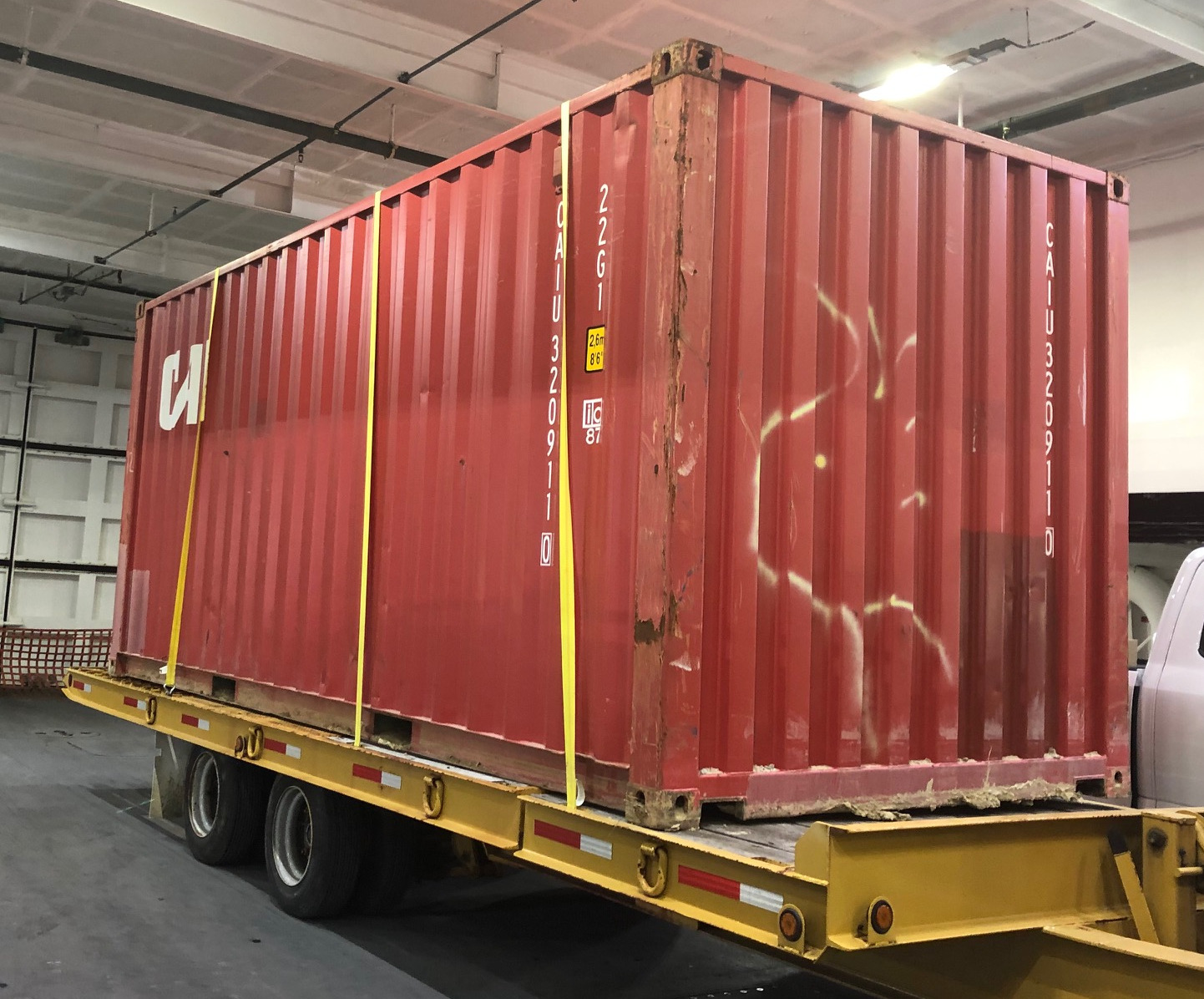Prototype History: Given the prevalence of 40 foot containers in the global shipping/maritime industry, the 20 foot container was a logical choice for smaller cargoes. Given that exactly two 20 foot containers can stack on or be stacked on a 40 foot container, these little brothers are a no-brainer for smaller loads. Cargo ships specially designed for 40 foot containers can usually handle these smaller units without specialized loading equipment or facilities.
Dry containers are meant for non-refrigerated goods and hence are the most common type.
Corrugation in the construction of these containers yields much greater strength (just like with corrugated cardboard for boxes) but is more expensive to fabricate. Due to the extra strength granted by the corrugation, this is a popular type for overseas use.
Dry containers are meant for non-refrigerated goods and hence are the most common type.
Corrugation in the construction of these containers yields much greater strength (just like with corrugated cardboard for boxes) but is more expensive to fabricate. Due to the extra strength granted by the corrugation, this is a popular type for overseas use.
Road Name History: 219 modern ships, 7.6 million TEU (Twenty-foot Equivalent Unit) transported per year, around 13,000 motivated employees in 126 countries. Hapag-Lloyd is a leading global liner shipping company and a powerful partner for you.
Hapag-Lloyd offers a fleet with a total capacity of 1.6 Million TEU, as well as a container stock of more than 2.3 million TEU including one of the world’s largest and most modern reefer container fleets. A total of 129 liner services worldwide ensure fast and reliable connections between more than 600 ports on all the continents.
The owners of Hapag-Lloyd are CSAV (25.0%), Kühne Maritime (19.0%) HGV Hamburger Gesellschaft für Vermögens- und Beteiligungsmanagement mbH (13.9%), Qatar Investment Authority (14.5%), the Public Investment Fund on behalf of the Kingdom of Saudi Arabia (10.2%), plus a free float of 17.4% (percentages have been rounded and the free float includes institutional shareholders with a shareholding of less than 5%).
Hapag-Lloyd offers a fleet with a total capacity of 1.6 Million TEU, as well as a container stock of more than 2.3 million TEU including one of the world’s largest and most modern reefer container fleets. A total of 129 liner services worldwide ensure fast and reliable connections between more than 600 ports on all the continents.
The owners of Hapag-Lloyd are CSAV (25.0%), Kühne Maritime (19.0%) HGV Hamburger Gesellschaft für Vermögens- und Beteiligungsmanagement mbH (13.9%), Qatar Investment Authority (14.5%), the Public Investment Fund on behalf of the Kingdom of Saudi Arabia (10.2%), plus a free float of 17.4% (percentages have been rounded and the free float includes institutional shareholders with a shareholding of less than 5%).
Brand/Importer Information: DeLuxe Innovations is a "wholesale manufacturer" of model trains. We manufacture scale replica train models and sell them to hobby shops and distributors worldwide. 2013 marked the 20 year anniversary of DeLuxe Innovations brand trains. There are over 25 body styles in our product line and all of the cars in our single and multi-car packs have different road numbers. DeLuxe Innovations, Inc. is owned by Dave Ferrari, founder of Squeak N Products. We are located in Midland Park, New Jersey. When Dave purchased the business it was located in Burbank, California which would have been a bit of a long commute so the move to the East Coast was planned. Our first East Coast location was in Whippany, NJ along the Whippany River.
The business was started in 1993 by George Johnsen and Roberta Liebreich in Burbank, California. They had a philosophy that just wouldn't allow using a coal car as a "stand in" for a woodchip car, or printing any and all boxcar paint schemes on a PS-1. Starting with the release of the first ever etched metal parts for a ready to run car (1994's Twinstack's metal walkways) through the full dimension underframe and etched metal roofwalk (1996's 1944 AAR Boxcar) to the challenging RoadRailer system (2000), our products have been accurate to target the modeler or enthusiast.
You can also follow DeLuxe on Twitter
The business was started in 1993 by George Johnsen and Roberta Liebreich in Burbank, California. They had a philosophy that just wouldn't allow using a coal car as a "stand in" for a woodchip car, or printing any and all boxcar paint schemes on a PS-1. Starting with the release of the first ever etched metal parts for a ready to run car (1994's Twinstack's metal walkways) through the full dimension underframe and etched metal roofwalk (1996's 1944 AAR Boxcar) to the challenging RoadRailer system (2000), our products have been accurate to target the modeler or enthusiast.
You can also follow DeLuxe on Twitter
Item created by: Powderman on 2018-11-17 10:45:20. Last edited by Alain LM on 2022-06-22 04:51:08
If you see errors or missing data in this entry, please feel free to log in and edit it. Anyone with a Gmail account can log in instantly.
If you see errors or missing data in this entry, please feel free to log in and edit it. Anyone with a Gmail account can log in instantly.


